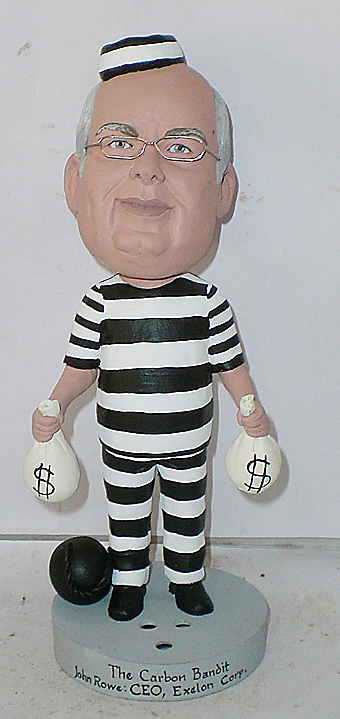By Steve Milloy
Let’s all thank Surgeon General Regina Benjamin for demonstrating beyond all doubt last week that nannyism is more dangerous than smoking.
The Office of the Surgeon General just released a report claiming that a single puff of a cigarette or a single inhalation of secondhand smoke can permanently damage one’s health and perhaps lead to death. Now we know what all those blindfolded condemned men given one last puff as they stood before firing squads really died from.
While no one disputes that too much smoking is unhealthy, the new report demonizing any smoking or even incidental exposure to secondhand smoke is clearly over the top.
Certainly any exposure to tobacco smoke will have some sort of a discernible physiological effect — just like virtually every sensory experience. But Benjamin asserts that even one of those physiological events, however transient and reversible, can cause harm and possibly even lead to death. As commonsense and everyday experience informs (most of) us, this is ridiculous.
So how does Benjamin back up her assertions? Well, she really doesn’t.
The report contains the usual set of epidemiologic studies showing that smokers tend to be less healthy and die earlier than nonsmokers. None of this is news, though it should be noted that these studies often fail to isolate tobacco as the cause of the adverse health outcome as opposed to the entire suite of unhealthy behaviors that smokers tend to have – i.e., smokers tend to be heavier drinkers, have poorer diets, get less exercise, lead more stressful lives, and have less education and income than nonsmokers.
The report contains not a single example of anyone who had incidental or limited contact with tobacco smoke and then experienced an adverse health outcome or death.
“Even brief exposure to secondhand smoke can cause cardiovascular disease and could trigger acute cardiac events like heart attack,” avers the Surgeon General’s media release. It’s a scary statement, but it’s not one supported by any real-world evidence of that happening despite the billions of people who have been so exposed over the centuries.
Supporting Benjamin with an op-ed in the Washington Post Also was former NBC News anchor Tom Brokaw who recalled and lamented the smoking-related death of his father: “After 50 years of smoking unfiltered cigarettes, my father died, too young, of a massive heart attack. He was 69. It’s almost certain that all those years of nicotine inhalation were a major contributor to his clogged arteries.”
What is more than almost certain is the fact that, although Brokaw’s father was such a long-term and presumably heavy smoker, he surpassed the life expectancy for his birth year (1912) by about 14 years — not bad for someone actually permitted the dignity to make his own lifestyle decisions.
Like many, if not most people, I don’t care for smoking or inhaling anyone else’s tobacco smoke. That said I’m more concerned about the all-too-common and wanton disregard of facts and the misuse of science and statistics, especially by those in positions of power and prominence.
Today’s lifestyle nannies, aided by a gullible and scientifically illiterate media, feel at liberty to demonize any behavior or substance, and to tread upon any and all individual liberties without regard for the relevant facts. Making the situation worse is that the nannies have few vocal opponents, as they stand ready to demonize and ostracize anyone who dares speak up against their junk science.
The two most significant advances of the Age of Reason and the Enlightenment were the development of science and the realization of individual liberty as an intrinsic right. Surgeon General Benjamin’s report is a clear sign that both are on the downswing of history.
Steve Milloy is the publisher of JunkScience.com and the author of “Green Hell: How Environmentalists Plan to Control Your Life and What You Can Do to Stop Them” (Regnery 2009).
